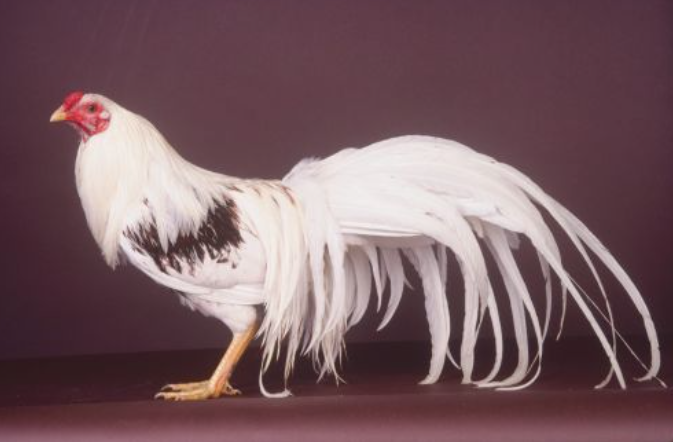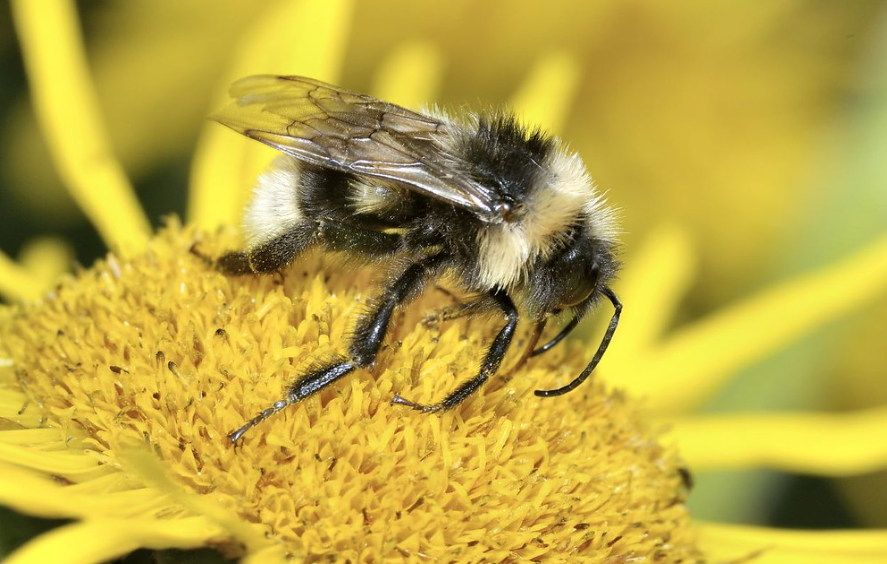Smilosuchus: An Ancient Crocodyliform from the Triassic Period
Introduction to Smilosuchus
Around 240–230 million years ago, during the Triassic Period, the extinct genus Smilosuchus of ancient crocodyliforms inhabited the planet. This intriguing animal belongs to the broader class of archosaurs, which also includes dinosaurs, birds, and contemporary crocodiles. Smilosuchus plays a key role in the study of early reptile life and the development of crocodyliforms due to its unique morphological traits and evolutionary significance. Below are more facts about Smilosuchus.
1. Overview of Smilosuchus
Early Reptile Species in the Triassic Period
A wide range of early reptile species inhabited Earth during the Middle Triassic epoch, when the crocodyliform Smilosuchus existed. Smilosuchus belongs to the Archosauria clade, which includes dinosaurs and modern crocodiles. It is considered one of the first crocodyliforms, displaying traits that would later be refined in more advanced crocodilian species.
Fossil Discoveries and Evolutionary Insights
Palaeontologists have gained vital knowledge about the early evolution of the crocodile family and the broader archosaur lineage from the fossilised remains of Smilosuchus. Despite having some morphological features in common with contemporary crocodiles, it also exhibits notable differences, suggesting it occupied a distinct ecological niche during the Triassic.
2. Physical Characteristics of Smilosuchus
Distinctive Features of Smilosuchus
Smilosuchus differed from modern crocodiles in several physical traits. Its general shape indicates it was well-suited to an aquatic lifestyle, and its long, slender body was typical of early crocodyliforms. Below are some of the key features of Smilosuchus:
Body Structure and Size
Body Shape: Like other crocodyliforms of this era, Smilosuchus had an elongated body. It was a relatively large reptile, with a body length ranging from 5 to 6 metres (16 to 20 feet). Its long, narrow skull resembled that of a crocodile, though it had distinct features. Like other early crocodyliforms, Smilosuchus had conical, pointed teeth ideal for grasping prey. Some later crocodyliforms evolved specialised, crushing teeth, but Smilosuchus did not possess such teeth.
Positioning of Nostrils and Eyes
The nostrils and eyes of Smilosuchus were positioned high on its skull, suggesting that, like modern crocodiles, it could stay mostly submerged in water with only its head and eyes exposed. This adaptation made it a successful ambush predator in aquatic environments.
Limb and Tail Structure
Smilosuchus had comparatively small limbs and tail for its body size, indicating it was more suited for swimming than for walking on land. It propelled itself through the water using its long, laterally compressed tail.
Unique Features of Smilosuchus
Smilosuchus’s broad, curved teeth were designed for gripping and holding onto prey, rather than for eating or crushing. Compared to other extinct reptiles, these features were more similar to those of modern crocodiles.
Defensive Armour
Armour & Protection: Like many other archosaurs, Smilosuchus would have had dermal armour on its back to protect itself from predators. During the Triassic period, crocodyliforms and other reptiles commonly shared this protective armour.
3. Habitat and Distribution of Smilosuchus
Smilosuchus in the Late Triassic Period
During the Late Triassic period, when Smilosuchus thrived, the reptilian world saw significant evolutionary changes. Since most of Earth’s continents were still part of the supercontinent Pangaea at the time, various ecosystems and conditions existed that allowed different species to thrive.
Preferred Environment
Smilosuchus likely lived in freshwater swamps, especially in lakes and river systems. It probably inhabited areas rich in aquatic life, including fish and amphibians, which it could feed on, much like modern crocodiles. Fossil evidence suggests that it favoured shallow lakes, marshes, and slow-moving rivers, as these environments allowed it to hunt while evading larger predators.
Fossil Distribution and Habitat
Fossils of Smilosuchus have been discovered across what is now North America, particularly in areas like New Mexico. This suggests that the species may have lived in warm, tropical climates during the Triassic period, similar to the habitats of many modern crocodyliforms.
Geographical Distribution
Smilosuchus fossils have been found in North America, particularly in New Mexico. It is believed to have existed only in regions of the former Western United States, which was part of the Pangaean supercontinent at the time.
4. Diet and Feeding Habits of Smilosuchus
Predatory Nature of Smilosuchus
Smilosuchus, a crocodyliform, was an ambush predator that used speed and stealth to capture its prey. Its long, thin body and sharp, conical teeth suggest it was well-adapted to grabbing and holding onto slippery aquatic creatures, such as fish, amphibians, and possibly small reptiles.
Feeding Techniques of Smilosuchus
Ambush Predation: Smilosuchus likely relied on its ability to stay submerged underwater while waiting for prey to come within range. It would have been capable of seizing and gripping its prey effectively due to its highly specialised teeth.
Prey Types of Smilosuchus
Types of Prey: Smilosuchus likely consumed fish, amphibians, and possibly small Triassic reptiles. Its generalist feeding strategy suggests it was an adaptable species, capable of exploiting a variety of food sources in its aquatic habitat.
5. Evolutionary Significance of Smilosuchus
Smilosuchus as an Early Crocodyliform
Smilosuchus is an early branch in the evolutionary tree of crocodyliforms, making it an important species in the study of crocodyliform evolution. Its morphology provides valuable information on the development of traits that would eventually appear in modern crocodiles and other similar animals.
Evolution within Crocodyliforms
Crocodyliforms: Prior to the emergence of true crocodiles, the extinct crocodyliform group known as the Phytosauridae family included Smilosuchus. Despite sharing many traits with modern crocodiles, it represents an early evolutionary stage in the development of crocodyliform reptiles.
Insights into Archosaur Evolution
Archosaur Evolution: By studying Smilosuchus, palaeontologists can gain a better understanding of the diversification of archosaurs—the group that includes all living crocodiles, birds, and dinosaurs. Smilosuchus is one of the earliest examples of a crocodyliform possessing traits commonly seen in modern species.
Ecological Role in the Triassic Ecosystem
As the dominant predator in its aquatic environment, Smilosuchus likely had a significant impact on controlling the populations of smaller fish and amphibians. Its diet of aquatic prey would have prevented any one species from becoming too dominant in the food chain, thereby maintaining the balance of the ecosystem.
6. Smilosuchus’s Legacy and Extinction
Decline and Extinction of Smilosuchus
Like many other extinct animals, Smilosuchus ultimately became extinct due to changing environmental conditions and the rise of more advanced predators. Although its lineage did not survive into the later Triassic or Jurassic periods, palaeontologists remain highly interested in its role in the early development of crocodyliforms.
Smilosuchus and the Evolution of Crocodiles
Even though it is extinct, Smilosuchus plays a significant role in the evolution of crocodiles and archosaurs. It helps us understand how early reptile species gave rise to the more specialised crocodyliforms that would dominate the Earth during the Cretaceous period.


